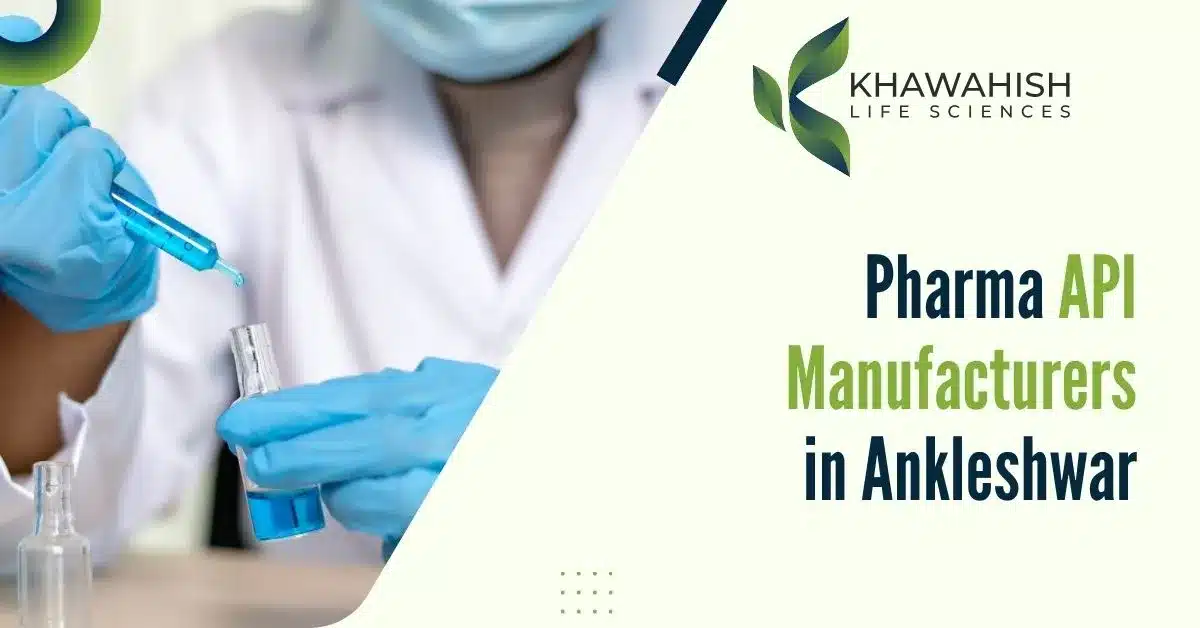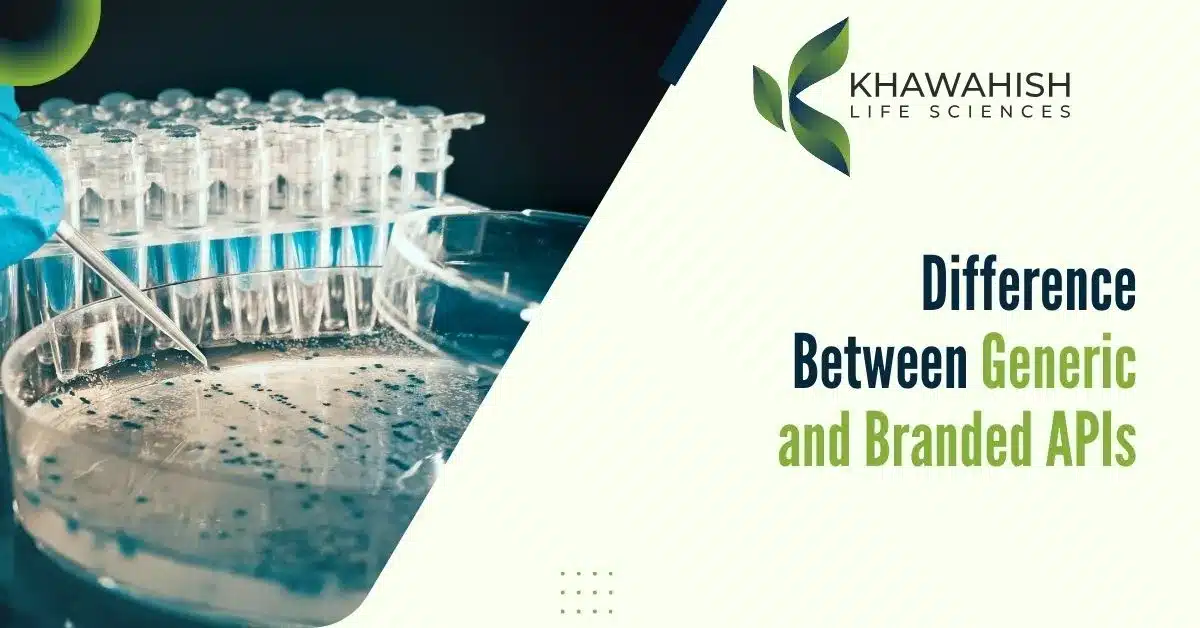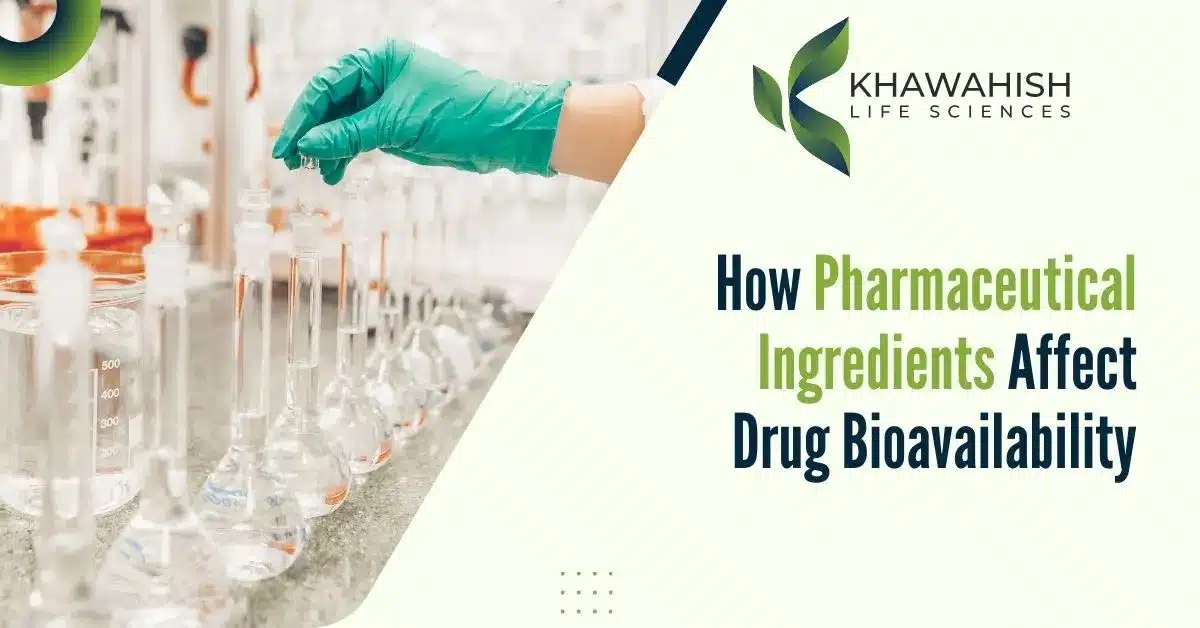
Active Pharmaceutical Ingredients (APIs) are the biologically active components in a pharmaceutical product that produce the intended therapeutic effect. They are the key substances responsible for the efficacy of medications, making them a critical aspect of drug formulation and manufacturing.
Importance of APIs in Pharmaceuticals
APIs are the foundation of modern medicine. Whether in tablets, capsules, injections, or topical applications, the active ingredient ensures that the medication addresses the specific health condition it is designed to treat. For example:
- Painkillers contain APIs like ibuprofen or paracetamol, which reduce inflammation and alleviate pain.
- Antibiotics like amoxicillin target and kill bacteria to treat infections.
- Antihypertensive drugs have APIs such as losartan to lower blood pressure.
How APIs Are Made
The production of APIs is a complex process requiring stringent quality control. The process involves:
- Chemical Synthesis: This is the most common method, where APIs are created through controlled chemical reactions.
- Biotechnological Processes: APIs for biologics, such as vaccines or monoclonal antibodies, are produced using living cells in bioreactors.
- Fermentation: Used for APIs like antibiotics, where microorganisms generate the active compound.
- Extraction: APIs derived from natural sources, such as plant alkaloids or animal hormones, are extracted and purified.
Active Pharmaceutical Ingredients in India
India is one of the world’s largest producers of APIs, and it plays a critical role in the global pharmaceutical market. Known as the “pharmacy of the world,” India supplies a significant portion of the world’s demand for both generic drugs and APIs. With its vast network of manufacturers and suppliers, India provides high-quality APIs at competitive prices.
Active Pharma Ingredients Manufacturers in India have set the global benchmark to produce high-quality active pharmaceutical ingredients. Several Indian companies specialize in API production, with adherence to international standards for quality and regulatory compliance. Some of the top manufacturers are involved in producing APIs for therapeutic areas such as oncology, cardiovascular diseases, antibiotics, and more.
Active Pharma Ingredients List
Here is a brief list of Active Pharmaceutical Ingredients commonly used across different medication categories:
- Antibiotics: Amoxicillin, Azithromycin, Ciprofloxacin
- Analgesics: Ibuprofen, Paracetamol, Diclofenac
- Antihypertensive: Losartan, Amlodipine, Lisinopril
- Antidiabetic: Metformin, Glimepiride, Insulin
- Oncology: Paclitaxel, Methotrexate, Cyclophosphamide
- CNS Drugs: Diazepam, Amitriptyline, Fluoxetine
API Industry Trends
In recent years, the global API market has witnessed rapid growth due to:
- Rise in Chronic Diseases: Increasing cases of diabetes, cancer, and cardiovascular diseases demand advanced APIs.
- Growth of Generic Medicines: As patents for branded drugs expire, generic drug manufacturers rely on APIs to replicate the original medication.
- Biologic APIs: The shift towards biologics and biosimilars is driving innovation in API manufacturing.
Regulatory Standards for APIs
Stringent guidelines govern API production to ensure safety and efficacy. Key regulatory bodies include:
- FDA (U.S.): Sets standards for purity, potency, and stability.
- EMA (Europe): Oversees compliance for APIs used in European medicines.
- ICH Guidelines: Harmonize global standards for pharmaceutical manufacturing.
Challenges in API Manufacturing
- Stringent Quality Control: APIs must meet high standards of purity and potency.
- Cost of Production: Advanced technology and regulatory compliance add to the expense.
- Supply Chain Issues: Dependence on specific countries, like India and China, for bulk production creates vulnerability.
- Environmental Concerns: Managing chemical waste from API production is a major challenge.
Future of APIs
The future of API manufacturing lies in innovation and sustainability. Key advancements include:
- Green Chemistry: Developing eco-friendly methods to reduce waste.
- Personalized Medicine: APIs tailored for specific patient needs.
- Artificial Intelligence: AI-driven models for efficient and cost-effective API production.
- Continuous Manufacturing: A shift from batch processes to continuous methods for higher efficiency.
Frequently Asked Questions
What is an active ingredient in a pharmaceutical?
An active ingredient in a pharmaceutical is the substance that produces the intended therapeutic effect in the body, providing the primary action to treat a health condition.
What is the meaning of active pharmaceutical ingredient?
An active pharmaceutical ingredient (API) is the biologically active substance in a drug that produces the desired therapeutic effect, such as pain relief, infection control, or lowering blood pressure.
Where are active pharmaceutical ingredients made?
Active pharmaceutical ingredients are made in specialized manufacturing facilities, with major production hubs in countries like India and China, which are known for their API manufacturing capacity.
What are the most common active pharmaceutical ingredients?
Common active pharmaceutical ingredients include ibuprofen, paracetamol, amoxicillin, losartan, and metformin, which are used in painkillers, antibiotics, antihypertensives, and diabetes medications.
Conclusion
Active Pharmaceutical Ingredients are indispensable in the healthcare industry, driving the development and success of modern medicine. As technology evolves, the API sector is poised to address global health challenges with improved efficiency, sustainability, and innovation. With India’s robust manufacturing sector playing a pivotal role, the future of APIs looks promising as both local and global markets continue to demand high-quality and innovative pharmaceutical solutions.


